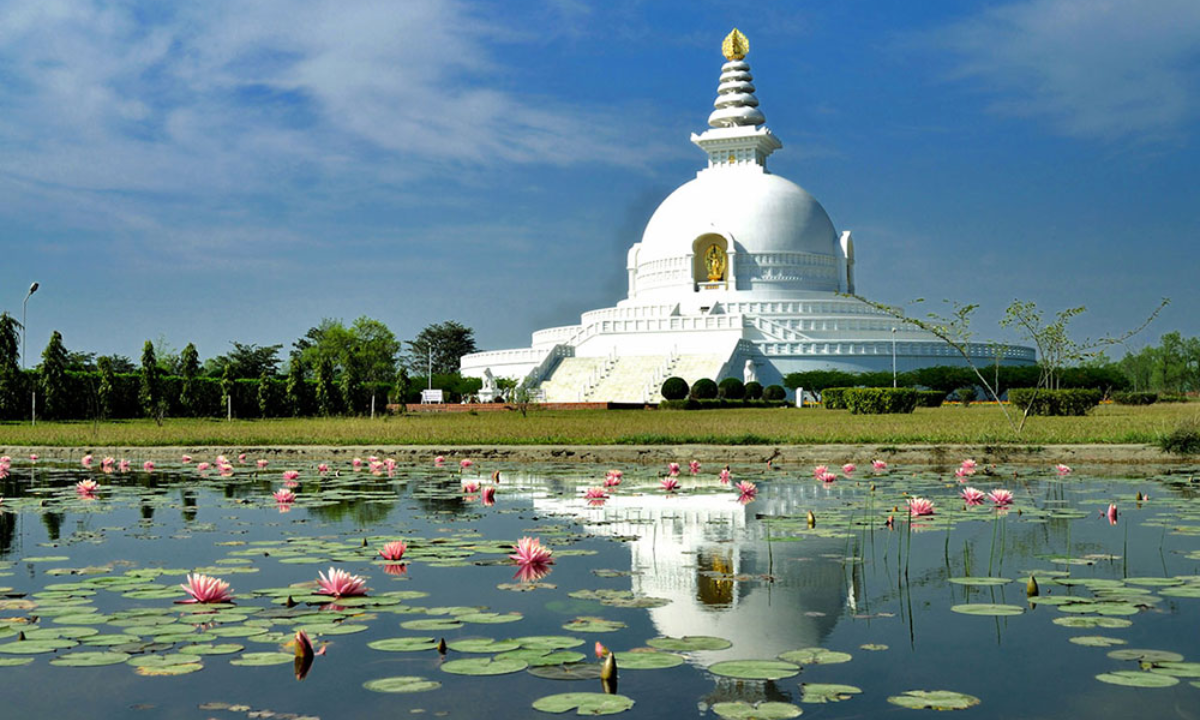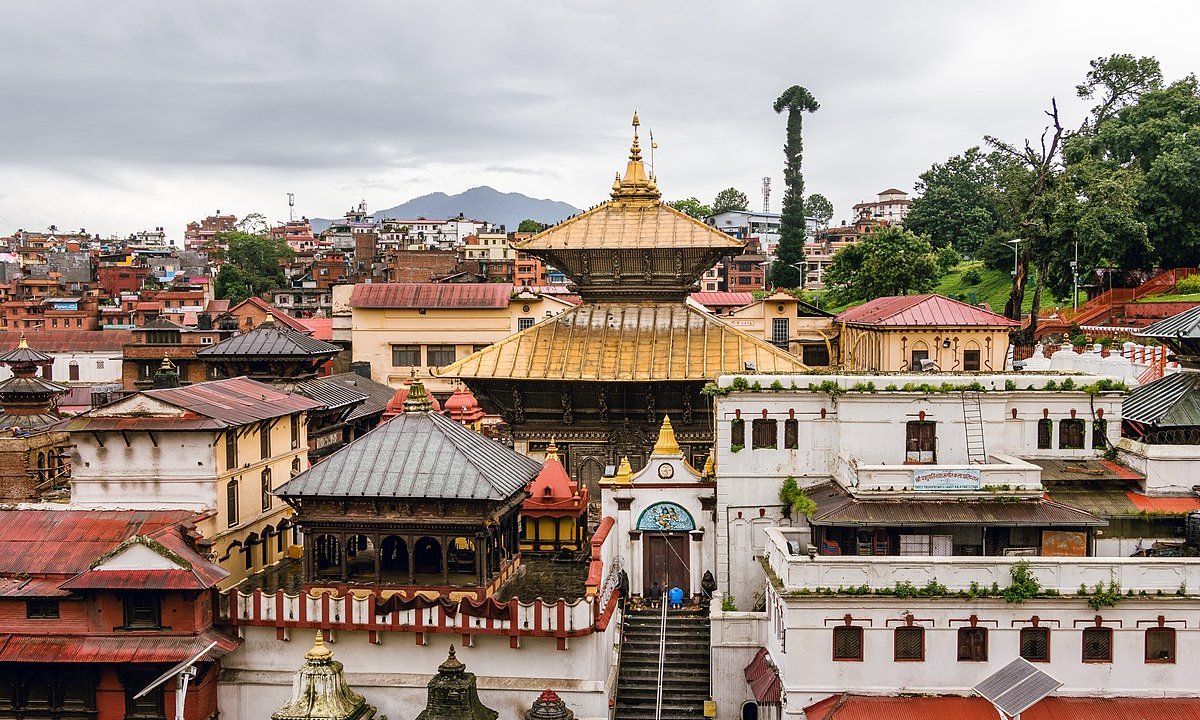Nestled in the lush plains of southern Nepal lies a place of profound spiritual significance, revered by millions around the world – Lumbini, the birthplace of Siddhartha Gautama, who would later become known as the Buddha.
This small town, located in the Rupandehi District, holds within its borders the origins of one of the world’s major religions, Buddhism. Beyond its historical and religious importance, Lumbini boasts serene landscapes, ancient ruins, and a tranquil ambiance that draws pilgrims and tourists alike from all corners of the globe.
The Birthplace of a Spiritual Journey
Lumbini’s significance stems from being the birthplace of Siddhartha Gautama in 623 BCE. According to tradition, Queen Mayadevi gave birth to Siddhartha under a sal tree in the tranquil gardens of Lumbini. This event marked the beginning of his journey towards enlightenment, ultimately leading him to become the Buddha – the awakened one.
The sacredness of Lumbini is palpable as one walks through its serene gardens, where prayer flags flutter gently in the breeze and devotees offer their respects at the Mayadevi Temple, built at the site where Siddhartha was born. The temple houses a marker stone indicating the exact spot of his birth, serving as a focal point for pilgrims seeking blessings and inspiration.
Exploring the Sacred Grounds
Beyond the Mayadevi Temple, Lumbini encompasses a sprawling complex of monasteries, stupas, and meditation centers built by Buddhist communities from around the world. The International Monastic Zone hosts monasteries representing different Buddhist traditions, offering visitors a glimpse into the diverse practices and teachings of Buddhism.
One of the most prominent structures within Lumbini is the towering World Peace Pagoda, built by Japanese Buddhists to symbolize universal peace and harmony. Its gleaming white dome and golden spire stand as a beacon of hope in a troubled world, drawing visitors to reflect on the importance of compassion and understanding.
As visitors traverse the sacred grounds of Lumbini, they encounter ancient ruins dating back to the time of the Buddha. The Ashoka Pillar, erected by the Indian Emperor Ashoka in the 3rd century BCE, bears inscriptions confirming Lumbini as the birthplace of the Buddha and serves as tangible evidence of the site’s historical significance.
Embracing Tranquility
Lumbini’s allure extends beyond its religious and historical significance; it offers a sanctuary for spiritual contemplation and introspection. The gentle rustling of leaves, the melodious chants of monks, and the serene atmosphere create an ambiance conducive to meditation and mindfulness.
Visitors to Lumbini often partake in meditation retreats and spiritual teachings offered by monastic communities, immersing themselves in the ancient wisdom of Buddhism and seeking inner peace amidst the chaos of modern life. Whether it’s sitting in silent contemplation beneath the shade of a Bodhi tree or participating in a guided meditation session, Lumbini provides ample opportunities for spiritual renewal and growth.
Preserving Heritage and Promoting Harmony
Recognizing the universal significance of Lumbini, efforts have been made to preserve its cultural heritage and promote interfaith dialogue and understanding. The Lumbini Development Trust, established by the Government of Nepal and UNESCO, oversees the conservation and development of the sacred site, ensuring its protection for future generations.
In recent years, Lumbini has also become a focal point for interfaith dialogue and cooperation, hosting conferences and gatherings that bring together religious leaders and scholars from various traditions. These initiatives aim to foster mutual respect, tolerance, and understanding among different religious communities, echoing the Buddha’s message of compassion and unity.
Lumbini stands as a testament to the enduring legacy of the Buddha and the profound impact of his teachings on the world. Beyond its historical significance, Lumbini embodies a timeless message of peace, compassion, and spiritual awakening that continues to resonate with people of all backgrounds and beliefs.
As pilgrims and tourists flock to this sacred site, they are not only paying homage to the birthplace of a spiritual luminary but also embarking on a journey of self-discovery and enlightenment. In the tranquil gardens of Lumbini, amidst the whispers of ancient wisdom, one finds solace, inspiration, and a profound sense of connection to something greater than oneself – the eternal teachings of the Buddha.





